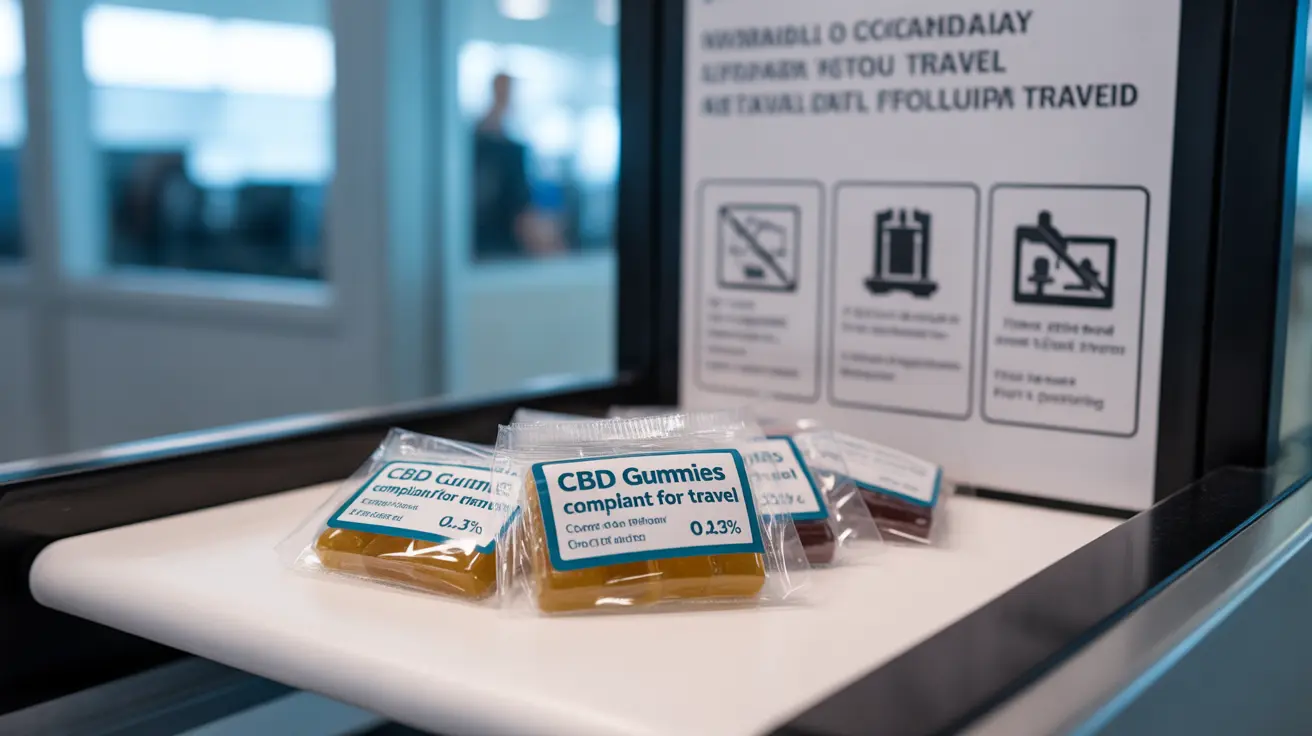GetLabTest News
Symptom Analysis
Interpreting Test Results
Diseases & Symptoms
Health Queries Answered
All
Latest
Can You Fly with CBD Gummies? A Complete Travel Guide for 2024
Explore the rules on flying with CBD gummies. Learn TSA policies and international regulations for a hassle-free travel experience.

Discover whether cold water is bad for you and its effects on health, digestion, and hydration. Get informed for better choices.
Health Queries Answered
min read

Explore the health impacts of added sugar and learn smart dietary choices to reduce intake for a healthier lifestyle.
Health Queries Answered
min read

Discover how peppermint oil can help repel spiders naturally and safely. Effective tips for pest management included.
Health Queries Answered
min read

Explore the signs of feeling blah and effective strategies to overcome emotional flatness for improved mental health and well-being.
Health Queries Answered
min read

